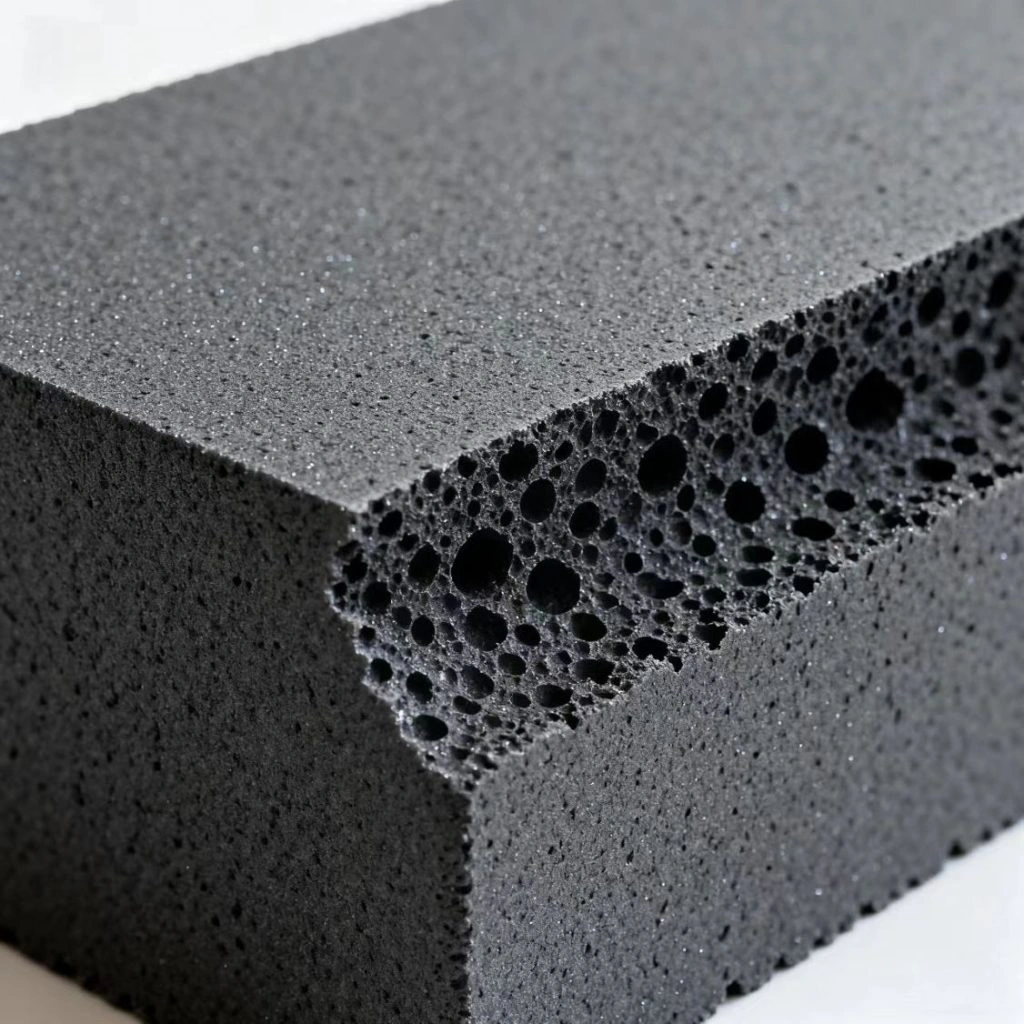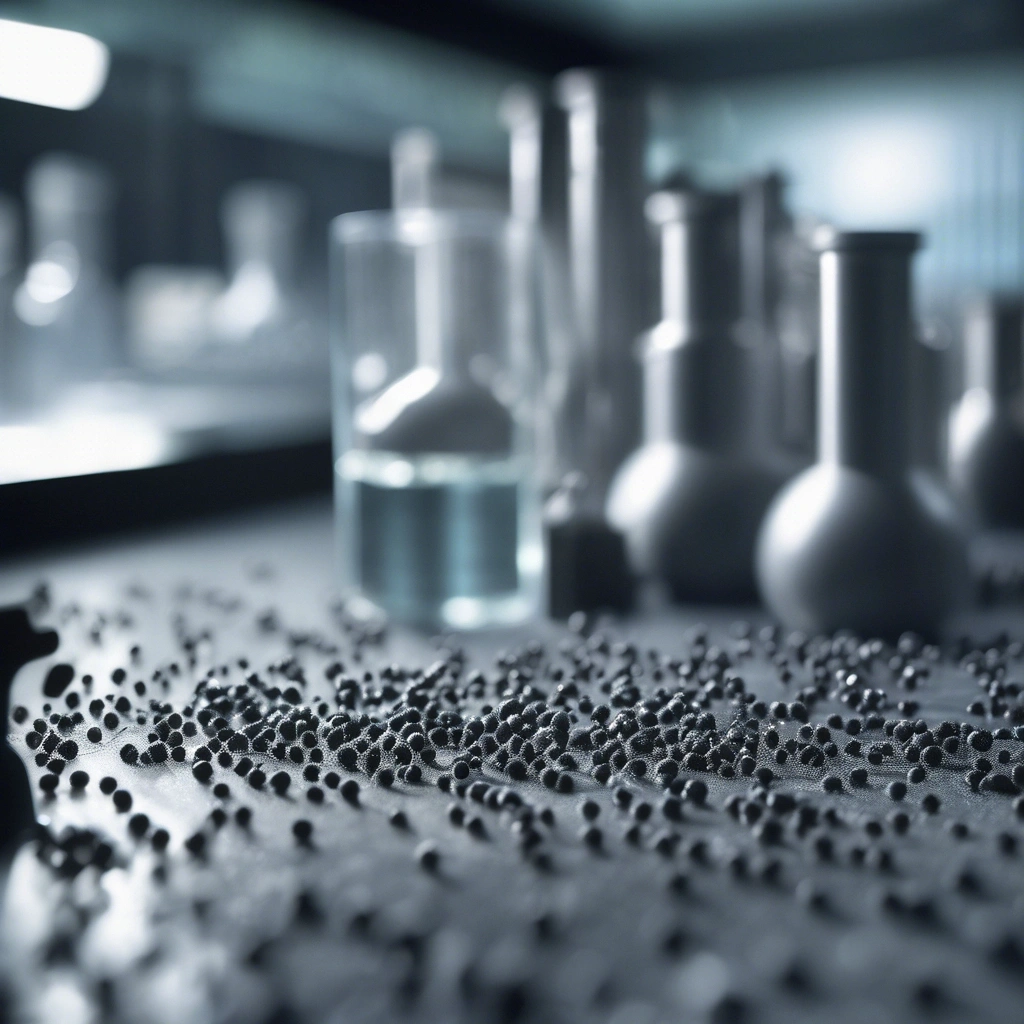Expanded Polystyrene (EPS) insulation is a top pick for houses and factories. It’s great at keeping heat out and doesn’t cost much. Knowing the hottest temperature EPS can handle is a big deal. It keeps things safe, working well, and lasting long. Heat limits affect how strong the foam stays, how it stops heat, and how it deals with fire. Builders, designers, and workers need to know these limits when choosing EPS types.

Temperature Resistance of EPS Insulation
How EPS handles heat depends on its type, thickness, and what it’s made from.
General Temperature Limits for EPS Materials
Regular EPS stays tough in a certain heat range. It works great from -50°C to 70°C (-58°F to 158°F). A quick burst of hotter air might be okay, but it depends on the job and EPS kind. For example, short heat spikes won’t always hurt it. Still, you’ve got to pick the right type for hotter spots to keep it strong and useful. Knowing these limits helps avoid damage in tough jobs.
Behavior of EPS at Elevated Temperatures
When EPS gets hotter than normal, it changes. These shifts can mess up its job.
Softening Point and Melting Range
EPS starts to get soft around 80-90°C (176-194°F). It turns to liquid near 200-240°C (392-464°F). This soft point is super important because the foam loses its shape and stops blocking heat well. The tiny cells inside break as plastic bits wiggle more in the heat. If it gets too hot, EPS can’t do its job right. You need to keep it in safe heat zones to avoid this.
Deformation Risks Under Prolonged Heat Exposure
If EPS sits in heat over 70°C for a long time, it gets twisted. The foam cells shrink or bust, making it thinner and weaker at stopping heat. This can cause it to break down, especially in spots where it holds weight. Long heat messes it up for good, so you’ve got to watch the temperature in tough jobs to keep it solid.
Impact of Short-Term vs. Long-Term Heat Exposure
A quick heat spike might bend EPS a bit, but it can snap back if it’s short. Long heat, though, piles up damage that stays. This ruins the foam’s shape and heat-blocking power. Store EPS below 25°C to keep it fresh and stop early wear. Good storage keeps it ready for jobs without losing its strength.
Factors Affecting the Thermal Stability of EPS
A few things decide how EPS holds up in heat.
Density and Its Role in Temperature Resistance
Thicker EPS fights heat better than thin kinds. Ones at 18KG/M³ or more pack cells tight, with less air inside. This helps it block heat better and stay strong. Low-density EPS can’t take as much heat, so it might fail in hot spots. Picking the right density is key for tough jobs with lots of warmth.
Influence of Additives and Modifiers on Heat Tolerance
Mixing in special stuff like graphite makes EPS tougher. Added when the plastic is made, graphite boosts heat resistance and helps block heat better. These extras let EPS handle warmer spots without breaking down fast. They’re a game-changer for keeping foam solid in hot jobs or harsh settings.
Environmental Conditions That Can Accelerate Degradation
Sun rays, wet air, or harsh chemicals make EPS wear out quicker. Bright sunlight can weaken it, and water makes it break faster. Keeping it away from fire is a must too. To keep EPS strong, store it in cool, dry spots and avoid tough conditions that speed up damage and cut its life short.
Variants of EPS and Their Temperature Capabilities
EPS comes in types for different needs. Each handles heat in its own way.
Common Grade EPS: General Performance Range
E-standard is basic EPS used in machines like vacuum shapers or old presses. It’s fine in normal heat but needs extra cover in hot spots. It’s great for everyday jobs where temperatures don’t go wild. Pick this for simple builds, but watch out for super warm places to keep it working right.
Flame Retardant Grade: Enhanced Fire Safety and Thermal Behavior
F-flame retardant grade passes big safety tests with UL approval (E360952). It holds up in warmer spots and cuts fire risk with special mixes that hit B1 level fast. This EPS is awesome for safe building and factory jobs where fire could be a worry. It’s tough and keeps things safer in heat.
Graphite-Enhanced EPS: Improved Thermal Performance at Higher Temperatures
S-33 lets through less than 0.033W/M.K heat, beating regular EPS at 0.039W/M.K by over 20%. It’s great for hotter jobs because it blocks heat so well. This makes it a top pick for builds needing extra heat-fighting power, keeping spaces cool even in tough, warm spots.
Carbon Black and Environmental Grades: Specialized Applications
These use non-HBCD fire-stoppers and meet EU REACH and ROHS rules. They’re earth-friendly and still block heat well. Perfect for green projects, they handle special jobs while keeping the planet in mind. Their toughness makes them great for unique builds with eco goals.

Applications Where Maximum Temperature Matters
Heat limits are key in jobs with lots of warmth.
Construction Environments with High Thermal Loads
Buildings get hot from air systems, sun, or factory work. S-32 series is ideal for quiet homes and energy-saving builds. It stops heat like a champ in tough spots, keeping spaces cool and comfy. This EPS is perfect for places with big heat challenges, like sunny roofs or busy plants.
Industrial Uses Requiring Elevated Heat Resistance
Factories, cold rooms, and machines need EPS that takes heat. FGE-graphite polystyrene (suspension method) is awesome for building and factory heat-blocking. It stays strong in warm spots, making it great for tough jobs where heat is high but cooling is a must.
Storage and Transportation Considerations
Store and move EPS with heat in mind. After foaming, it needs 4-8 hours to set. Keep heat steady then to make it work best. Cool, dry storage stops damage and keeps EPS ready for jobs. Watch temperatures during transport to avoid ruining its heat-blocking power.
Safety Considerations When Using EPS in High-Temperature Settings
When EPS is near its heat limit, safety matters a ton.
Fire Safety Standards and Regulations for EPS Use
Some EPS hits B1 fire level with an oxygen index ≥30, tested 28 days after shaping. This means it fights fire well, keeping buildings and factories safer. Use these grades where fire risks are high to protect people and stuff from flames in hot spots.
Proper Installation to Minimize Risk of Overheating
Set EPS up thinking about heat stretch, air flow, and staying away from hot stuff. This stops it from getting too warm and breaking. Good setup keeps EPS working right in tough heat, avoiding damage that could mess up its job in buildings or plants.
هواشنغ: مورد موثوق لحلول EPS عالية الجودة
هواشنغ makes awesome EPS products for all kinds of heat-blocking needs.
نظرة عامة على عروض منتجات HUASHENG
In 2015, HUASHENG got top graphite gear from Europe with a twin-screw setup. They lead the way in quiet-home building, making EPS that’s tough and great for saving energy. Their stuff is trusted for big and small jobs needing strong heat-blocking.
Common Grade EPS for Standard Insulation Needs
P-extra light is everyday EPS for vacuum machines, presses, and big plate setups. It’s solid for normal jobs where heat stays low. This EPS is a go-to for simple builds but needs protection in hotter spots to keep working right and stop heat leaks.
Flame Retardant Grade for Enhanced Fire Protection
FSH-European standard flame retardant is great for building and factory heat-blocking. It’s also used in quiet homes, offering top safety. With UL approval, it fights fire well, making it perfect for spots where safety from flames is a big deal.
Graphite Grade for Advanced Thermal Efficiency
إس - 32 lets through less than 0.032W/M.K heat, beating regular EPS at 0.039W/M.K by over 25%. It’s awesome for hot jobs needing extra heat-blocking power. This EPS keeps spaces cool and saves energy in tough, warm builds or plants.

Environmental Protection Grade for Sustainable Projects
FHE-N-HBCD flame retardant meets tough green rules. It keeps great heat-blocking for planet-friendly jobs. Perfect for eco builds, it balances saving energy with caring for the earth, making it a smart pick for green projects.
الكربون الأسود الصف لمقاومة الأشعة فوق البنفسجية والمتانة
FGE black polystyrene from suspension fits electrical parts and packaging. Its black color fights sun damage and wear, making it super tough. This EPS is great for jobs needing extra strength against harsh sun or rough use.
Customized REPS Solutions Tailored to Specific Requirements
HUASHENG makes custom EPS for what people need. They tweak it for special jobs, ensuring it works perfectly for unique builds or tough tasks. This flexibility makes their EPS a top choice for one-of-a-kind projects.
Summary of Key Insights on Maximum Temperature for EPS Materials
EPS works great in set heat ranges. Regular types handle up to 70°C. Special ones take more heat. Thickness, extras, heat time, and make set the limit. Knowing these helps use EPS safely in buildings and factories, keeping it strong and effective.
الأسئلة الشائعة
Q1: What happens if EPS is exposed to temperatures above its maximum limit?
A: If EPS gets too hot, it softens and twists at around 80-90°C. Its cells collapse, making it thinner and bad at stopping heat. Long heat locks in damage, so the foam can’t be used anymore. Keep it cool to avoid this mess.
Q2: Is flame retardant EPS more heat-resistant than standard EPS?
A: Fire-safe EPS is better for fire but not much for heat. It hits B1 with an oxygen index ≥32. Its soft point and top heat are like regular EPS, so it needs the same care in hot spots to stay solid.
Q3: Can graphite-enhanced EPS be used in high-temperature applications?
A: Graphite EPS like S-32 cuts heat flow and holds up better. Its strong build fights heat stress, but it still has plastic heat limits. Use it for warmer jobs, but don’t push past its max to keep it working right.






